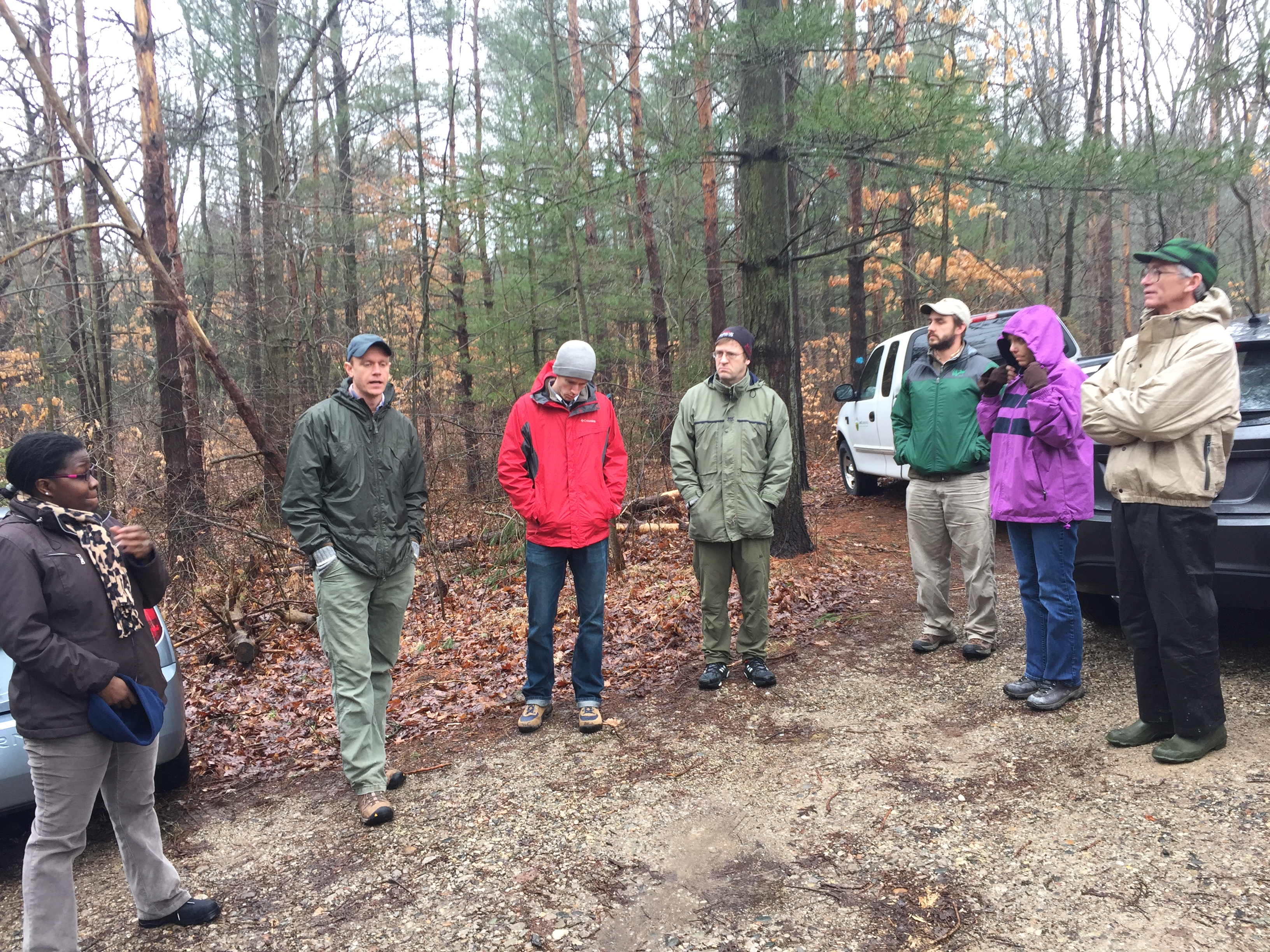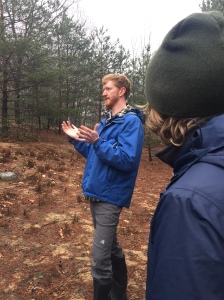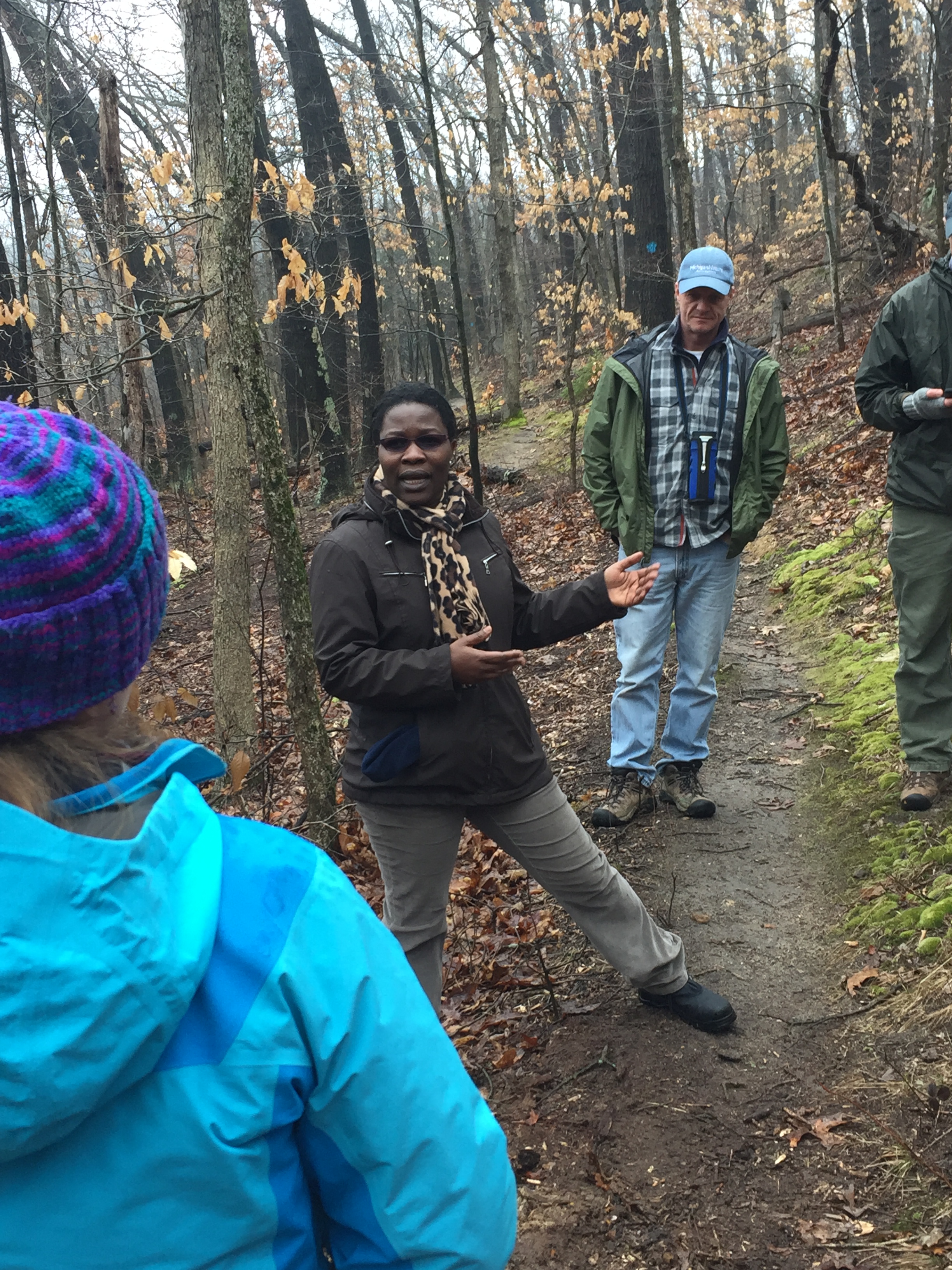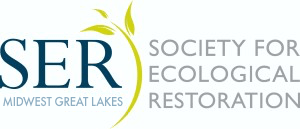SER MWGL Annual Meeting 2017
9th Annual Meeting Hosted by Grand Valley State University Biology Department
SER Executive Director Bethanie Walder among those in attendance
Over 180 restoration ecology students, practitioners, scholars, and contractors converged on Grand Rapids, MI March 24-26 to attend the 9th Annual Meeting of the Midwest-Great Lakes Chapter of the Society for Ecological Restoration.
The meeting’s theme, assembling the Restoration Community, addressed the ecological, social, and cultural aspects of ecological restoration through a series of workshops, symposia, two plenary sessions, and a keynote presentation. In addition, the meeting hosted 20 posters and over 40 contributed oral presentations.
The SER MWGL Chapter’s 9th annual meeting was hosted by the Grand Valley State University Biology Department in charming and lively downtown Grand Rapids.
A special feature this year’s conference was the attendance of Bethanie Walder, Executive Director of SER, the Society for Ecological Restoration.
The goal of the meeting was to explore how restoration, as a human-guided community-assembly process, assists with the recovery of degraded ecosystems. In addition, the meeting highlighted the importance of promoting the involvement and engagement of citizens and organizations in restoration efforts in the Midwest.
Business Meeting
The chapter held its annual business meeting on Saturday afternoon. The meeting began with an address to the group by Bethanie Walder, SER executive director who spoke of SER activities.
Jen Lyndall, immediate past president of SER MWGL and currently SER’s Certification Program Manager explained SER’s new certification program, it’s goals, and how it works. Jen encouraged people to apply for certification during the next application period that will run from July 17 thru September 15, 2017.
Also during the business meeting, financial, membership, and communications reports were given, as well as updates on various chapter activities such as webinars and continuing education credits. Outgoing officers were recognized for their contributions, the slate of incoming board members were installed and student awards were given.
Student Awards
Lauren Umek, awards committee chair, presented awards for the best student poster, best student oral presentation, and an award recognizing the student who traveled the greatest distance to attend the meeting.
Dan Gibson (oral presentation), and Sean Wylie (poster), each received $100 and an Island Press book. Brad Gordon for furthest distance traveled received $50.
Lauren also announced the 2017 the annual competition for student restoration research and student restoration practice grants. An award of up to $1000 will be given to the winner in each category. Applications are being accepted (see application info and details here). Application deadline is May 5, 2017. Award winners will be announced on May 31, 2018.
The business portion of the annual meeting ended with the announcement that the 2018 annual meeting will be hosted by the University of Wisconsin Stevens Point from April 20-22, 2018.
Field Trips
The meeting concluded in traditional fashion on Sunday March 26 with a selection of three off-site field trips to ecological restoration sites in western Michigan. These included Lake Michigan Coastal Wetlands and Dune Restoration; Ottawa County Parks Dune and Riparian Restoration; and West Michigan Oak Savannas: Protection, Restoration, and Research.

Pricilla Nyami (far left) and Justin Heslinga (second from left) describe their cooperative research/land management project at Bradford Dickinson White Nature Preserve near Lowell, Michigan.
I went on the West Michigan Oak Savannas field trip, led by Justin Heslinga of the Land Conservancy of West Michigan; Jesse Lincoln, Michigan Natural Features Inventory; and Pricilla Nyamai, of Grand Valley State University.

Jesse Lincoln of the Michigan Natural Features Inventory (MNFI) describes the restoration work being done at Huckleberry Hill.
We visited two sites. First up, Huckleberry Hill, owned by Lowell Township. Huckleberry Hill is a “relatively intact and high-quality remnant that has responded readily to recent shrub and tree clearing.” Here we learned from Jesse Lincoln about current and planned management activities that include removal of planted pines. The pines are being removed because, Jesse declared: “Planted pines are the tombstones of oak savannas.”

Pricilla Nyamai (center) of Grand Valley State University who studies recovery trajectories of restored ecosystems, describes her research at Bradford Dickinson White Nature Preserve to the field trip attendees.
Next stop in Lowell Township was the Bradford Dickinson White Nature Preserve, “a more severely-degraded remnant in the early stages of restoration.” At this site, the land manager Justin Heslinga, and the researcher, Pricilla Nyamai have created a unique management partnership that will study the site “to identify plant community changes in response to thinning and burning.” In this adaptive management approach: management concerns can create research opportunities; and research findings can inform management; and so on.
The field trip concluded with a stop at the Gravel Bottom Brewery in Ada, MI for lunch and an open discussion of experiences and ideas regarding oak savanna restoration and management.
